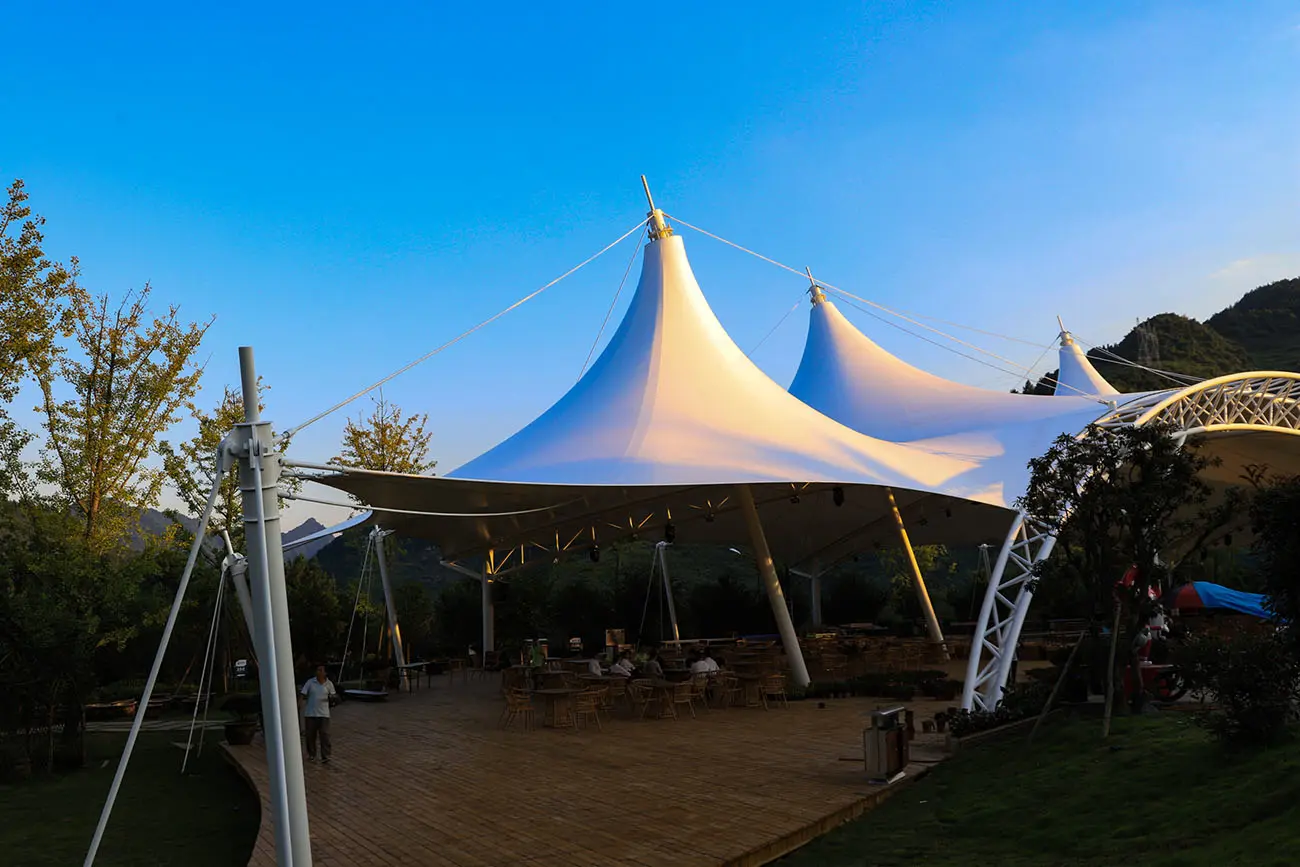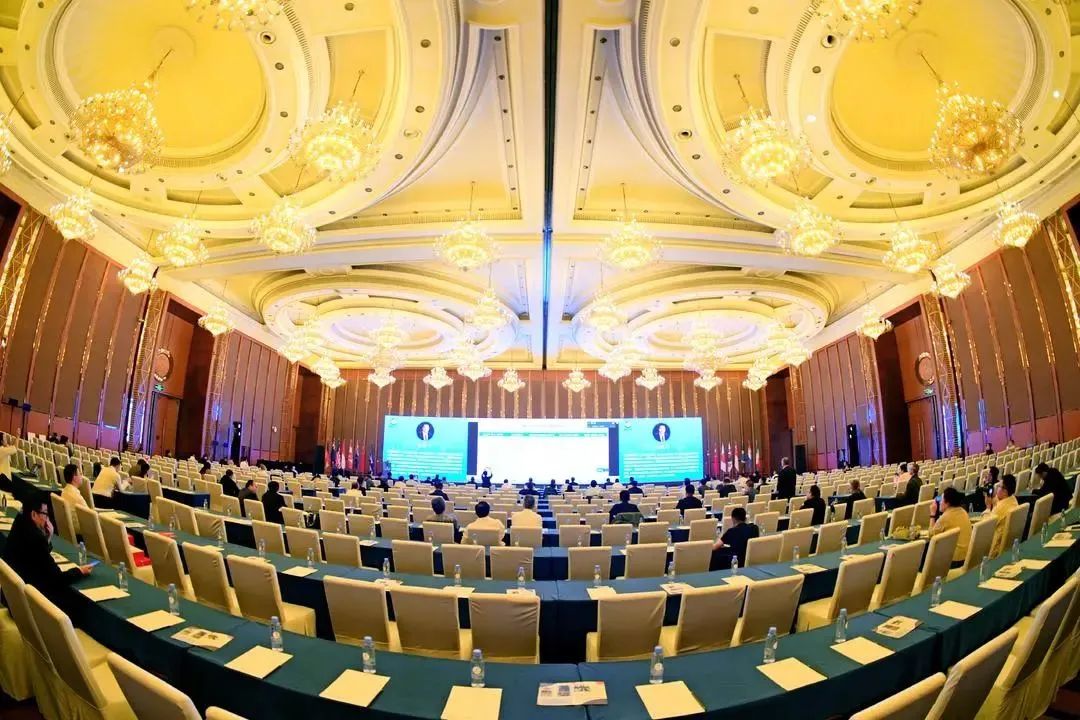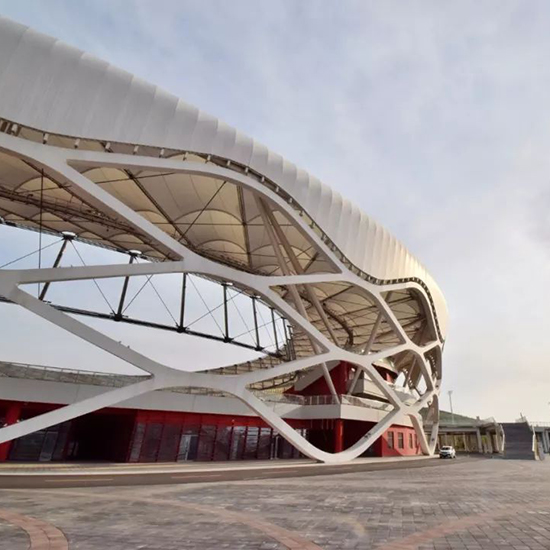ENCN
Home / The Development of Membrane Structure Architecture
The Development of Membrane Structure Architecture
Membrane structure architecture, with its unique charm and advantages, is gradually emerging in the field of architecture. But do you know that this architectural form is not a new thing that has emerged in recent years? Its development can be traced back to centuries ago.
In ancient times, humans began to use various natural materials such as animal skin、straw、wood to cover and protect important places. These can be regarded as the earliest membrane structure buildings. With the progress of technology, people began to use synthetic materials to make membrane materials, which marked the entry of membrane structure architecture into a new stage.

In the mid-20th century, with the development of industrialization, the manufacturing and processing technology of membrane materials has been greatly improved. In the 1950s, Germany invented the first generation of PVC membrane, which has excellent weather resistance and self-cleaning properties, making membrane structure architecture more widely used in a variety of fields. Subsequently, in the 1960s, the United States invented ETFE membrane, which is a new type of membrane material with high transparency, high durability, and environmental friendliness.
The application of membrane structure architecture in venues such as stadiums and public facilities is gradually increasing. In the 1980s, the Monte Carlo Monaco Stadium became the world’s first sports venue to use large-scale ETFE membrane materials. Subsequently, many large events such as the Olympics and the World Cup have chosen membrane structure architecture as the main form of venue construction.

The advantages of membrane structure architecture lie in its lightness, transparency, and flexible modeling, which enable it to adapt to various environmental and climatic conditions. At the same time, the durability and environmental friendliness of membrane materials also make it an ideal choice for green buildings. However, the development of membrane structure architecture also faces some challenges, such as high processing and installation technology requirements and relatively high costs.
In the future, with the progress of technology and expansion of applications, membrane structure architecture is expected to be applied in more fields. Whether it is large public facilities or small houses, membrane structure architecture may become an important architectural form. At the same time, as people’s attention to culture and art continues to increase, membrane structure architecture will also integrate more cultural and artistic elements to become an architectural form that not only has practicality but also has aesthetic value.
The Development of Membrane Structure Architecture




